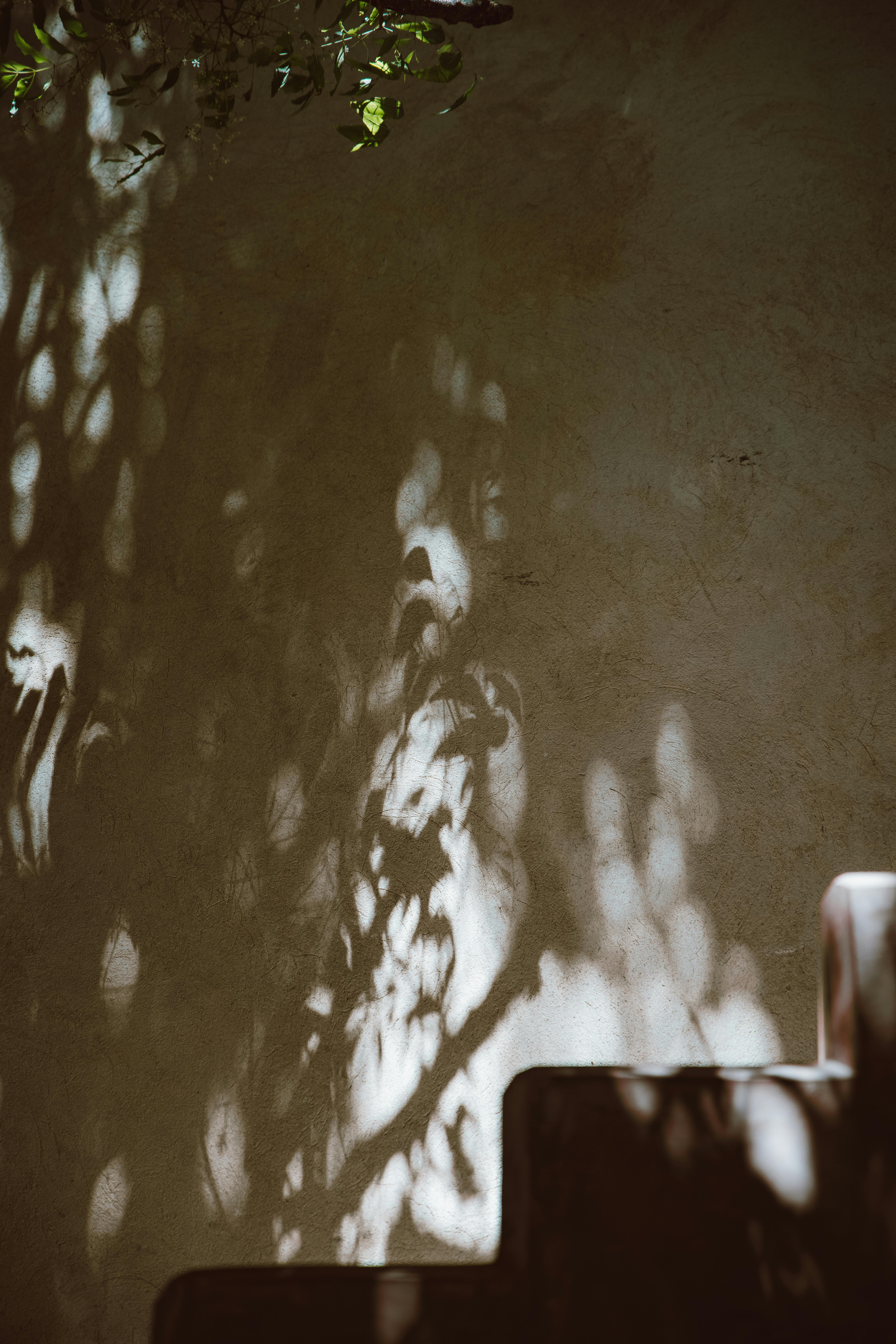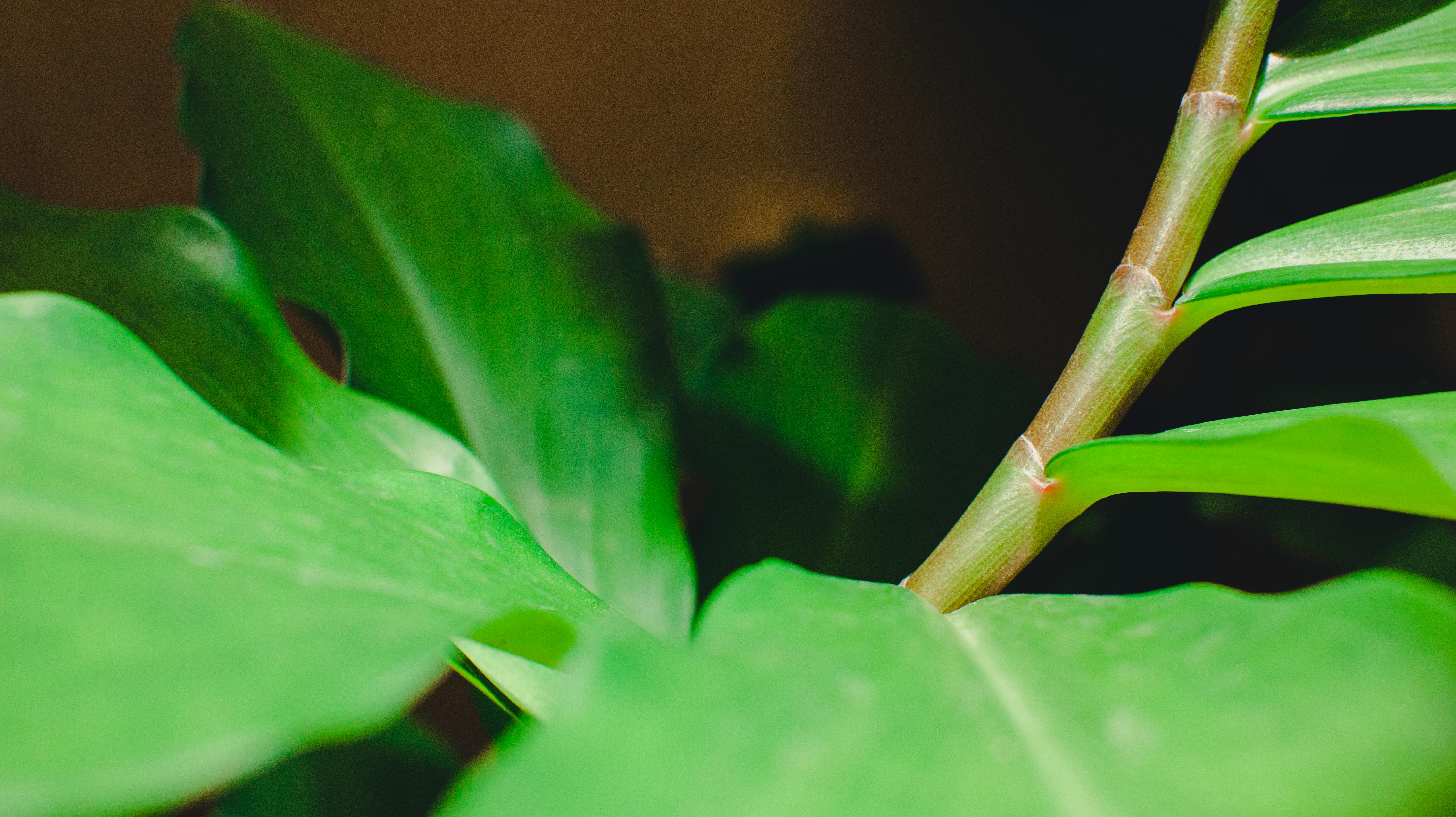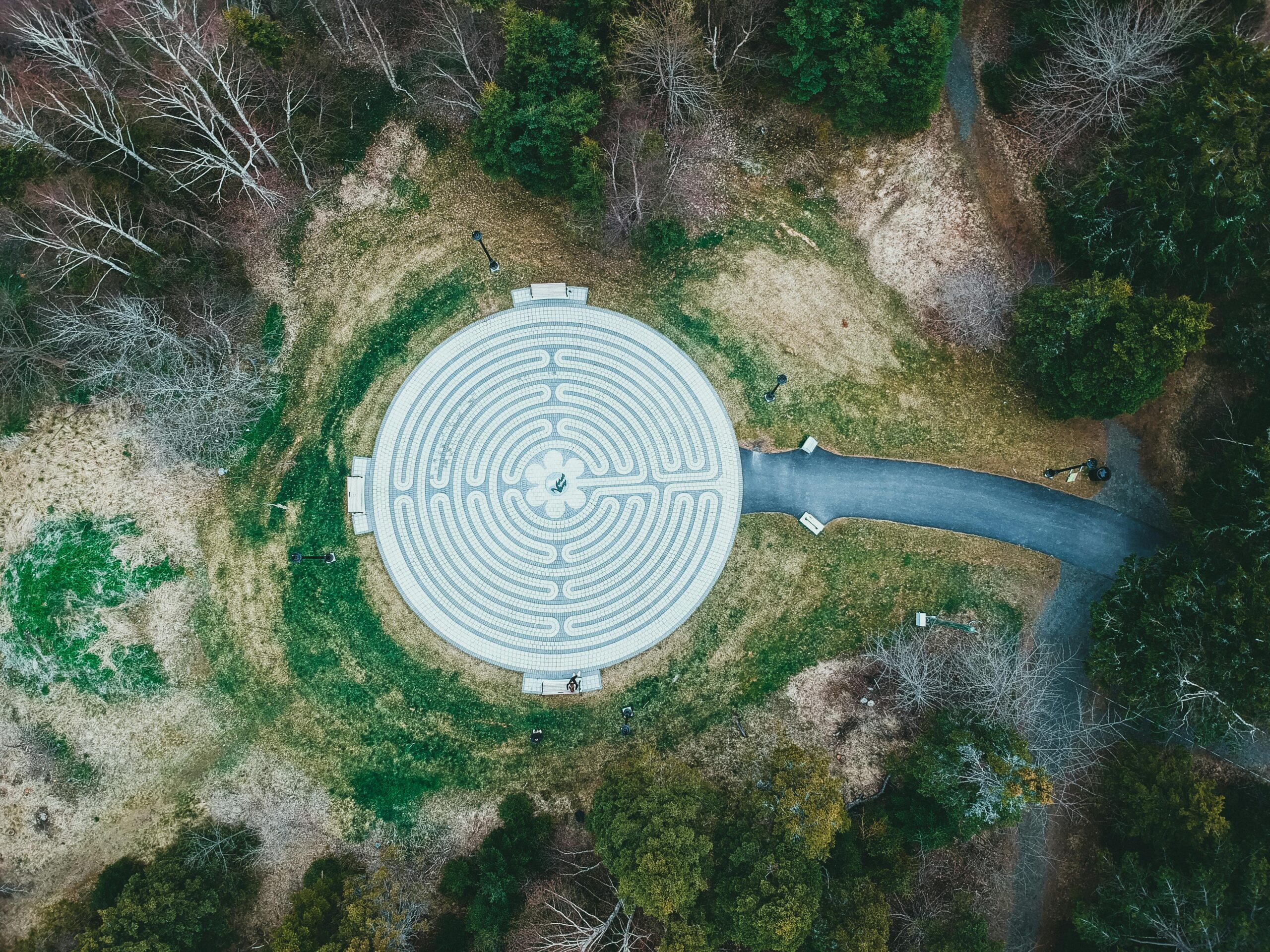Gestalten Garten: Creating Your Dream Garden
Understanding the Concept of Garten Gestaltung
Garten Gestaltung, or garden design, refers to the comprehensive approach to planning, arranging, and managing garden spaces to create aesthetically pleasing environments. Effective **Garten Gestaltung** combines elements of nature, architecture, and artistic vision. Whether you have a small backyard or a vast landscape, understanding garden design principles is essential to transforming your outdoor space into a statement of beauty and functionality. With thoughtful planning, you can achieve an inviting garden that reflects your personality and meets your practical needs.
Essential Elements of Garten Gestaltung
When planning your garden, it is vital to consider the essential elements that contribute to a well-designed space. These include **plant selection**, layout, hardscaping, and the use of natural features. **Plant selection** involves choosing the right species for your climate zone, soil conditions, and aesthetic preferences. A diverse palette of flowers, shrubs, and trees can enhance biodiversity and seasonal interest. Next, the **layout** focuses on the garden’s structure, influencing how pathways, beds, and sitting areas are organized. Integrating **hardscaping** elements, like patios and walkways, provides durability and practicality, creating a balanced outdoor space. Lastly, incorporating existing **natural features**, such as slopes and water bodies, can add a unique touch and harmony to your garden’s design.

Choosing the Right Plants for Your Garden
The selection of plants is one of the most impactful aspects of **Garten Gestaltung**. Begin with determining the sunlight and water conditions of your garden area. This assessment allows you to choose plants that thrive in your specific environment. For instance, consider drought-resistant plants for areas with low rainfall and shade-tolerant varieties for dark corners. You should also incorporate a mix of perennial and annual plants to ensure year-round interest. Remember to think about the **color scheme** and bloom times to create a garden that harnesses the beauty of nature across all seasons. **Native plants** are also a great choice, as they are better adapted to your region’s weather patterns and tend to attract local wildlife.
Incorporating Hardscaping into Your Garden Design
**Hardscaping** is an essential component of Garten Gestaltung, adding structure and functionality to your outdoor space. Elements like patios, walkways, fences, and retaining walls not only enhance the visual interest but also improve usability and accessibility. Thoughtful placement of hardscaping can define spaces within your garden, creating areas for dining, relaxing, or entertaining. When designing your hardscapes, consider materials that complement your garden’s style, such as stone, brick, or wood. Moreover, integrating **decorative features** like garden benches, water fountains, or sculptures can serve as focal points, breaking up greenery and adding personality to your design.
Creating Functional Outdoor Spaces
In the realm of Garten Gestaltung, creating functional outdoor spaces is crucial. Spaces should cater to your lifestyle, whether it’s a peaceful retreat for meditation, a vibrant space for gatherings, or a productive area for gardening. Each space needs to be planned with specific purposes in mind. By defining areas like dining zones, children’s play areas, or relaxation nooks, you can ensure that your garden serves its intended functions while remaining stylish and welcoming.
Designing a Cozy Outdoor Living Area
To make the most of your outdoor retreat, consider designing a cozy living area within your garden. This space can be enhanced with comfortable seating, ambient lighting, and soft textiles that invite relaxation after a long day. You can also incorporate fire pits or outdoor kitchens for added entertainment value, offering you and your guests the perfect place to gather. When choosing furniture, look for weather-resistant materials that require minimal maintenance while still complementing your garden’s aesthetics.
Building a Productive Vegetable Garden
If you have a passion for gardening, incorporating a **vegetable garden** into your layout can be both rewarding and functional. Choose a sunny and accessible area to plant your vegetables, making sure to rotate crops annually to maintain soil health. Raised beds can offer better drainage and weed control. Companion planting is another effective strategy that can enhance growth and prevent pests. By integrating a vegetable garden into your **Garten Gestaltung** plans, not only do you create a productive space but also promote a healthier lifestyle with fresh produce at your fingertips.

Maintaining Your Designed Garden
Once you have established your garden, maintenance is vital to sustain its beauty and functionality. Regular upkeep, including watering, weeding, pruning, and fertilizing, will promote healthy growth. Creating a **maintenance schedule** will help you stay organized and ensure that important tasks, like seasonal planting and pest management, are not overlooked. Additionally, investing in quality tools can make maintenance easier and more efficient. Remember, a beautiful garden is the result of ongoing care and attention.
Seasonal Gardening Tips
To maintain a thriving garden throughout the year, be mindful of seasonal gardening tips. In spring, prioritize planting new flowers and vegetables while paying attention to soil preparation. During summer, ensure regular watering during dry spells and deadhead spent blooms to encourage further flowering. In fall, focus on planting bulbs for spring blooms and cleaning up debris to prevent disease. Winter maintenance may include protecting delicate plants and planning for the upcoming spring season. Following seasonal guidance enables you to maximize your garden’s potential and keep it looking stunning throughout the year.
Embracing Sustainable Gardening Practices
In today’s world, incorporating sustainable practices into **Garten Gestaltung** is vital for promoting environmental health. Embracing organic gardening methods, such as natural pest control, composting, and minimizing chemical-use, not only helps protect the ecosystem but can also improve the health of your garden. Rainwater harvesting can optimize water use, while creating habitats for local wildlife supports biodiversity. By making informed choices and adapting your gardening techniques, you can create a beautiful garden while actively contributing to a healthier planet.
Key Takeaways
- Garten Gestaltung combines aesthetics, functionality, and natural beauty to create inviting outdoor spaces.
- Understanding essential elements like plant selection and hardscaping is critical for effective garden design.
- Incorporating functional outdoor spaces caters to your lifestyle while enhancing your garden’s usability.
- Regular maintenance and seasonal gardening tips help ensure the longevity and beauty of your garden.
- Promoting sustainable gardening practices benefits both the environment and the overall health of your garden.
FAQ
1. How can I start designing my first garden?
Starting your first garden requires careful planning. Begin by assessing your available space and sunlight exposure. Use graph paper to sketch your layout, considering areas for both planting and relaxing. Next, choose plants that suit your climate and aesthetic preferences, and don’t forget to include hardscaping elements like paths and furniture for a functional design.
2. What are some tips for selecting plants for my garden?
Selecting the right plants is crucial for a thriving garden. Research your climate zone to find plants that will thrive in your conditions. Consider the **color** and **texture** of plants to ensure visual appeal year-round. Don’t hesitate to mix annuals and perennials to maintain continuous blooms and include native plants to ensure sustainability and attract local wildlife.
3. How can I incorporate sustainability into my garden design?
To incorporate sustainability into your garden design, focus on organic gardening practices, such as using compost to enrich soil or employing natural pest deterrents. Planting native species can enhance local biodiversity while minimizing water usage. Rainwater harvesting systems can also improve irrigation efficiency, allowing you to garden more sustainably.
4. What is the importance of hardscaping in Garten Gestaltung?
Hardscaping is essential in **Garten Gestaltung** as it provides structure and helps define areas within your garden. It enhances usability by creating functional spaces, while also adding aesthetic depth. Well-planned hardscaping elements like patios, paths, and fences can enhance a garden’s overall design, making it an inviting and enjoyable environment.
5. Can I have a vegetable garden in a small space?
Absolutely! Small spaces can still accommodate a productive vegetable garden. Consider using raised beds, vertical gardening techniques, or even container gardening to maximize your planting area. Choose compact plant varieties and optimize vertical spaces to grow more food while keeping your garden organized and visually appealing.
